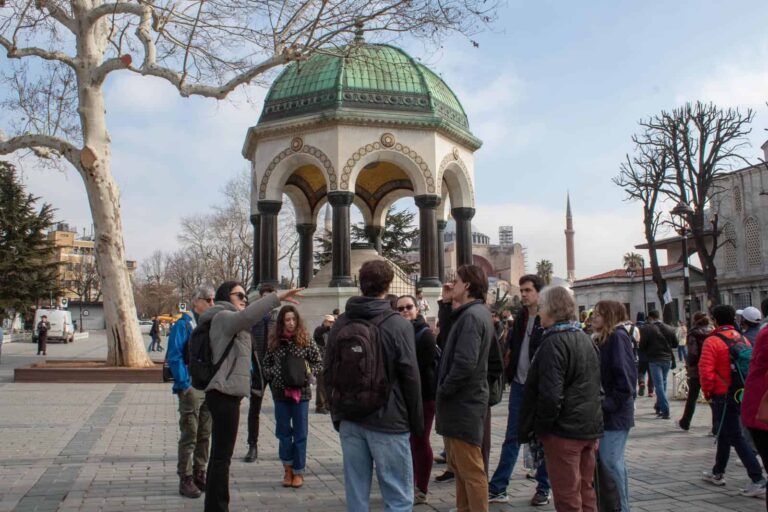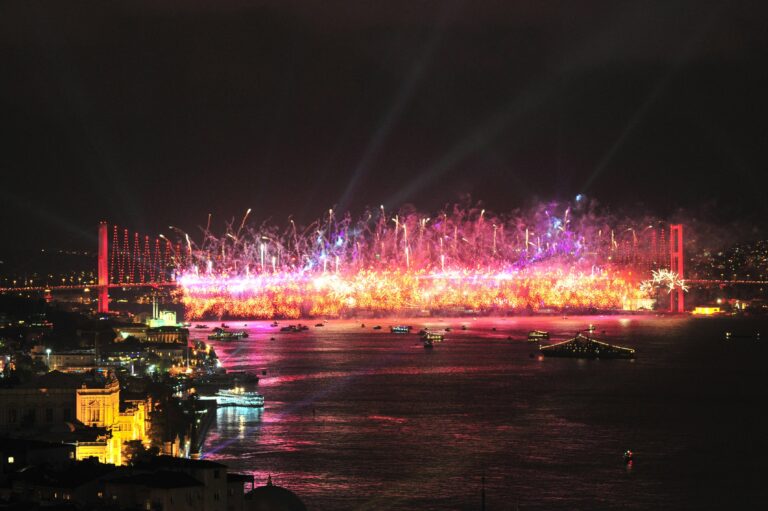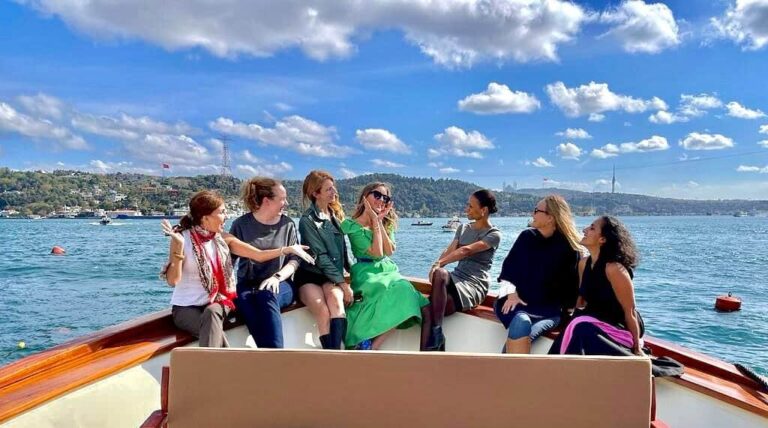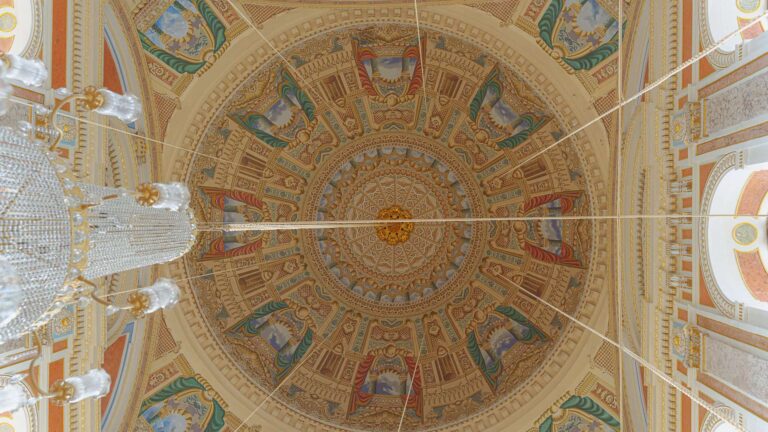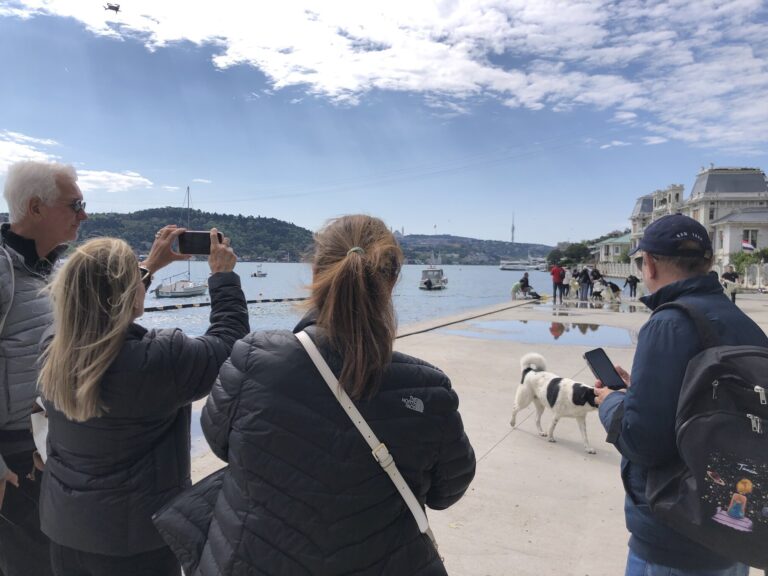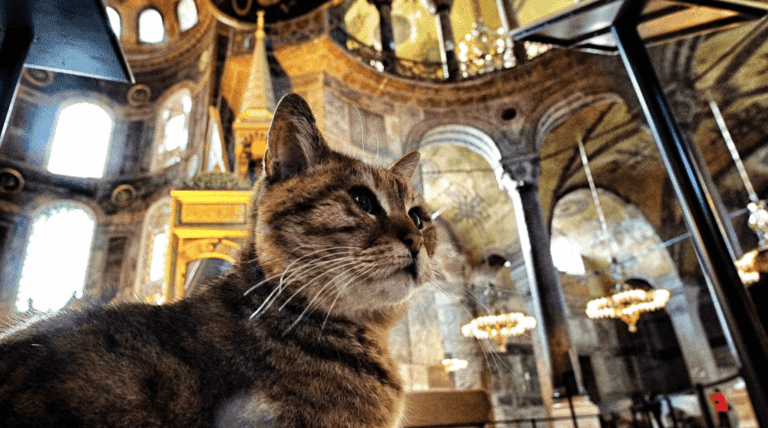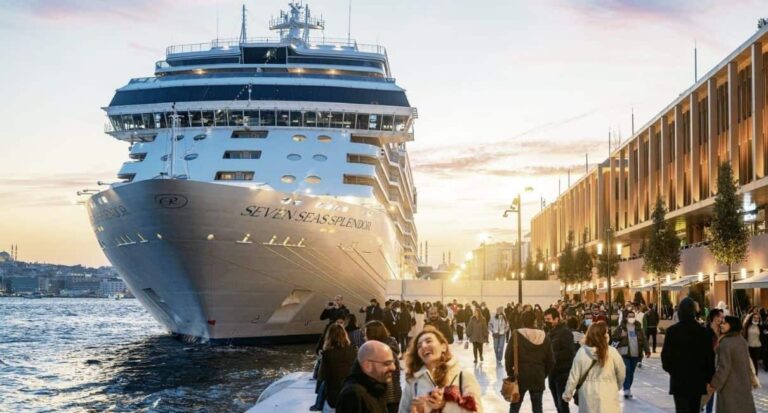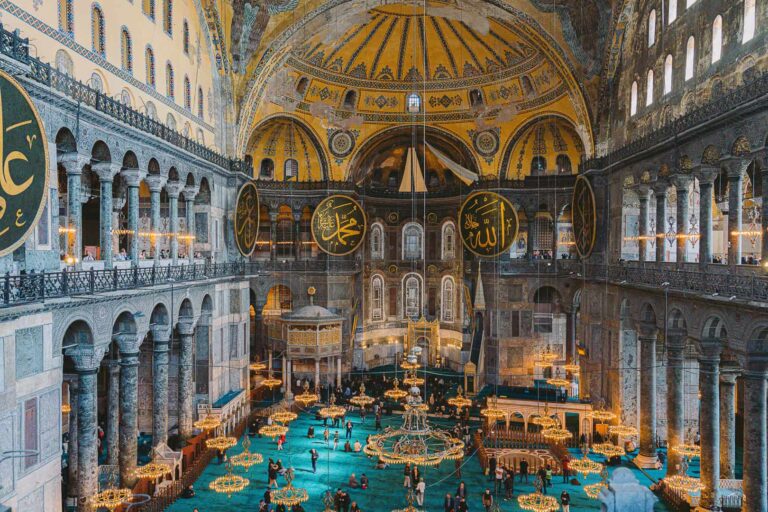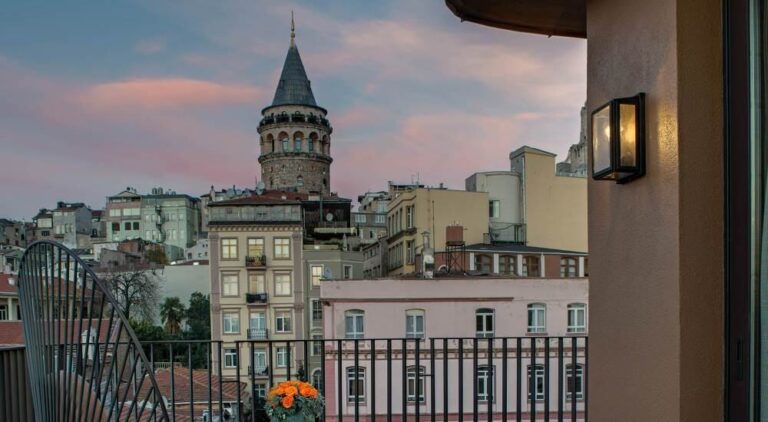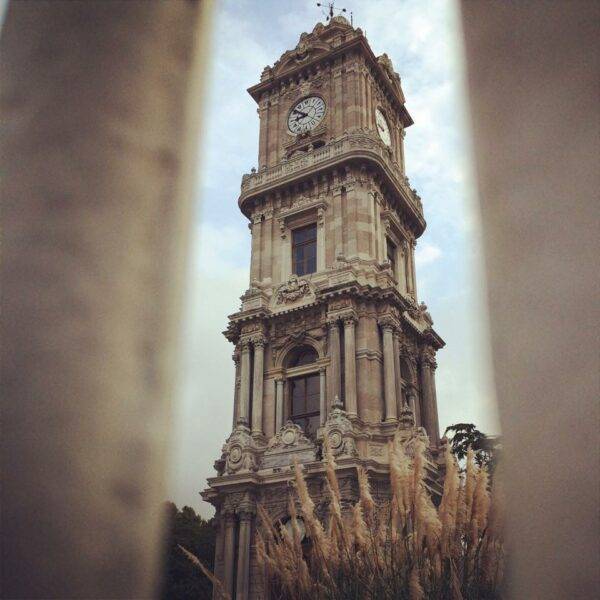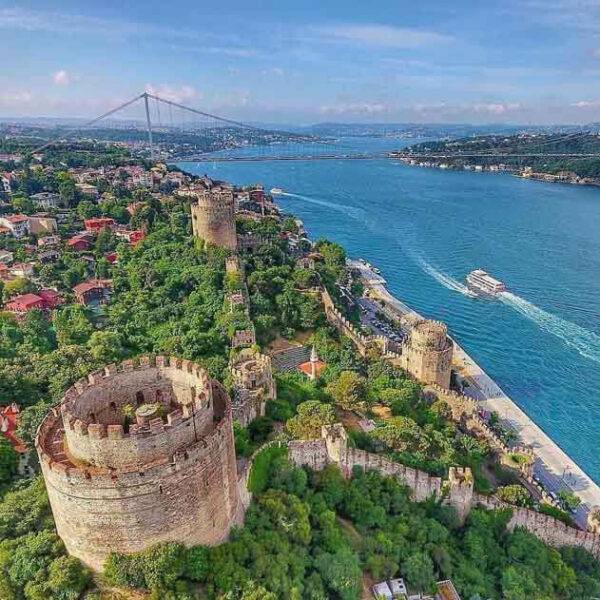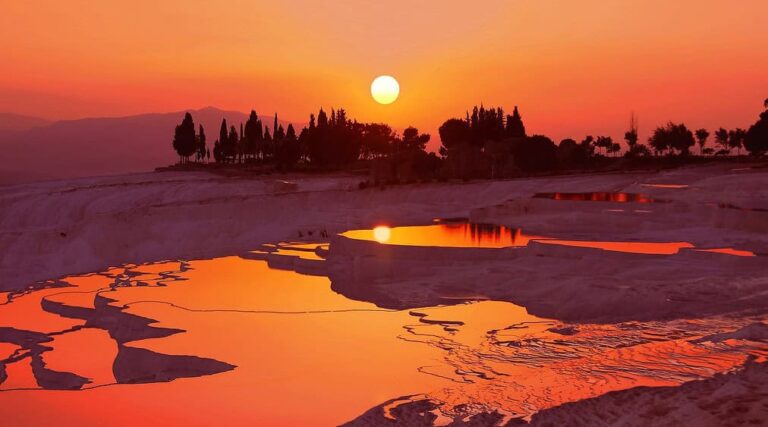
Bosphorus: gorgeous and significant
As you cruise along the Bosphorus, you will be treated to breathtaking views of Istanbul‘s iconic skyline, which is dominated by towering minarets, ancient palaces, and modern skyscrapers. You’ll also see many historic landmarks such as the Topkapi Palace, the Hagia Sophia, and the Dolmabahce Palace.
The Bosphorus is widely considered to be one of the most beautiful waterways in the world. Its natural beauty is truly stunning, with crystal-clear blue waters and rugged shorelines that are dotted with lush greenery and historic landmarks.
As you cruise along the Bosphorus, you will be treated to breathtaking views of Istanbul’s iconic skyline, which is dominated by towering minarets, ancient palaces, and modern skyscrapers. You’ll also see many historic landmarks such as the Topkapi Palace, the Hagia Sophia, and the Dolmabahce Palace.
Life can't be all that bad,' i'd think from time to time. 'Whatever happens, i can always take a long walk along the Bosphorus. - Orhan Pamuk

The best of Bosphorus
Ortaköy
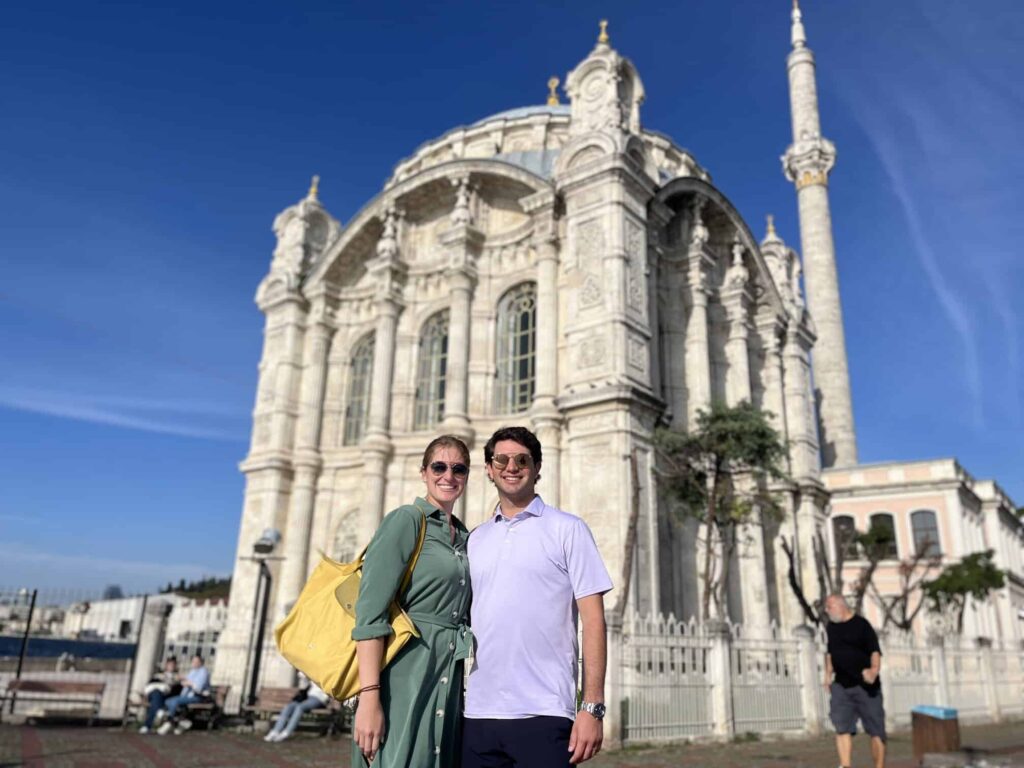
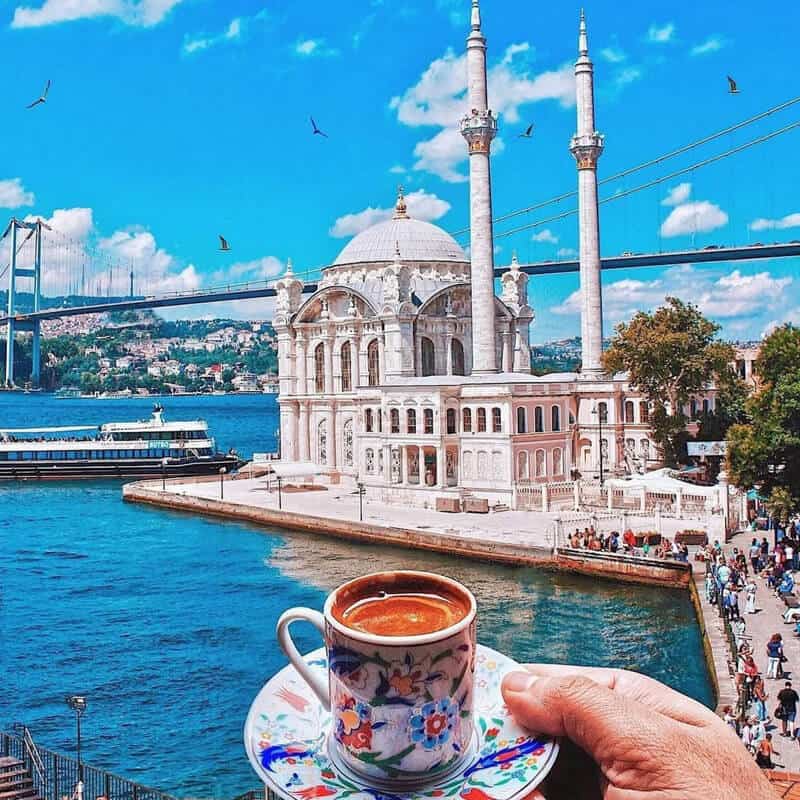
The jewel of Bosphorus
Maiden's Tower
This iconic tower sits on a small islet in the Bosphorus, and has served as a lighthouse, a prison, and a restaurant over the centuries. It’s a great place to visit for stunning views of the Bosphorus and the city skyline.
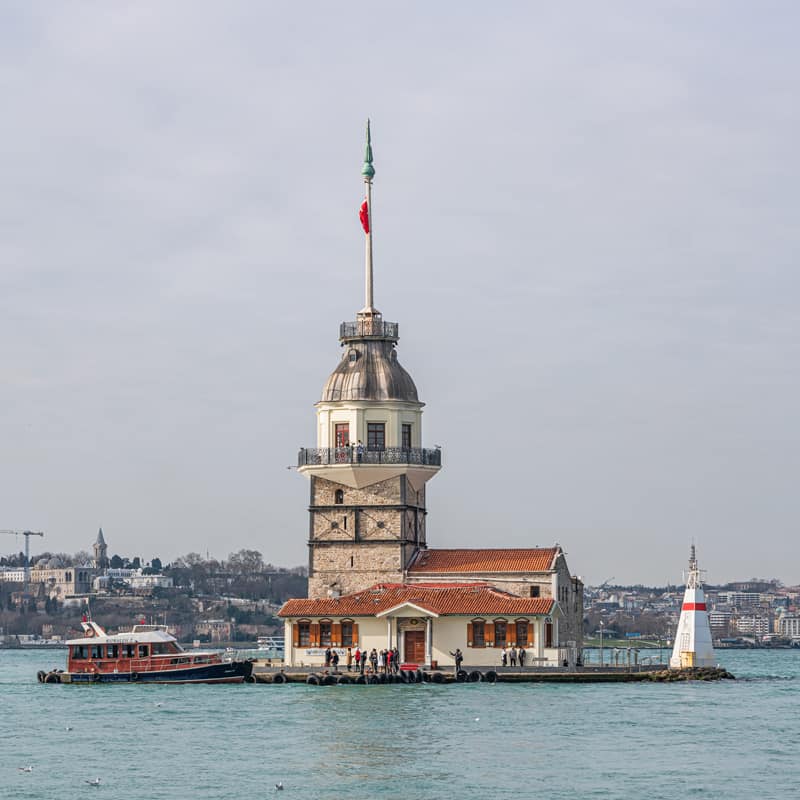

Bosphorus Cruise
Cruising on the Bosphorus is one of the most popular activities for tourists visiting Istanbul. It’s a great way to experience the beauty of the waterway and see some of the city’s most iconic landmarks from a unique perspective.
More about the Bosphorus
Mythology
Zeus, captivated by the nymph Io, transformed her into a white cow to shield her from his jealous wife, Hera. However, suspecting Zeus’s intentions, Hera claimed the cow and assigned Argus Panoptes, the hundred-eyed guardian, to watch over it. Determined to rescue Io, Zeus sent Hermes, who used his enchanting music to lull Argus to sleep before slaying him. Furious at Argus’s death, Hera unleashed a gadfly to torment Io, driving her to wander across the earth in agony. During her restless journey, Io crossed the narrow strait between the Black Sea and the Sea of Marmara. This crossing would later give the Bosphorus its name, meaning “Ford of the Cow,” forever tying her myth to the land.
Geology
The Bosphorus is a natural strait that separates the European and Asian continents and connects the Black Sea to the Sea of Marmara. It was formed millions of years ago during the Miocene epoch when the area started to uplift, and a river carved a deep valley through it.
Over time, the Bosphorus gradually widened and deepened until it became the strait that we know today. The Bosphorus is also located in an area where two major fault lines intersect, resulting in geological activity and several earthquakes over the centuries.
Despite this, the Bosphorus remains an essential natural wonder and a significant symbol of Istanbul‘s history.
History
The Bosphorus has played a significant role in the history of Istanbul, Turkey, and the world. It has been a key location for trade, military campaigns, and cultural exchange for thousands of years. The first recorded use of the Bosphorus dates back to 480 BC when the Persian king Xerxes used it to cross from Asia to Europe during his invasion of Greece.
Later on, the Byzantine Empire built fortifications along the strait to protect the city from attacks. In the 15th century, the Ottoman Empire conquered Constantinople and made it the capital of their empire, using the Bosphorus as a strategic location for trade and military campaigns.
Bosphorus during the Byzantines
During the Byzantine period, the Bosphorus was a critical part of the Byzantine Empire‘s economy, military, and culture. The Byzantines recognized its strategic importance and established fortifications to protect their capital.
The Bosphorus was used for trade and transportation, with goods from all over the empire transported to Constantinople. The Byzantine navy also patrolled the waters around Constantinople using the Bosphorus. The Bosphorus was also a symbol of imperial power and inspiration for Byzantine art and literature.
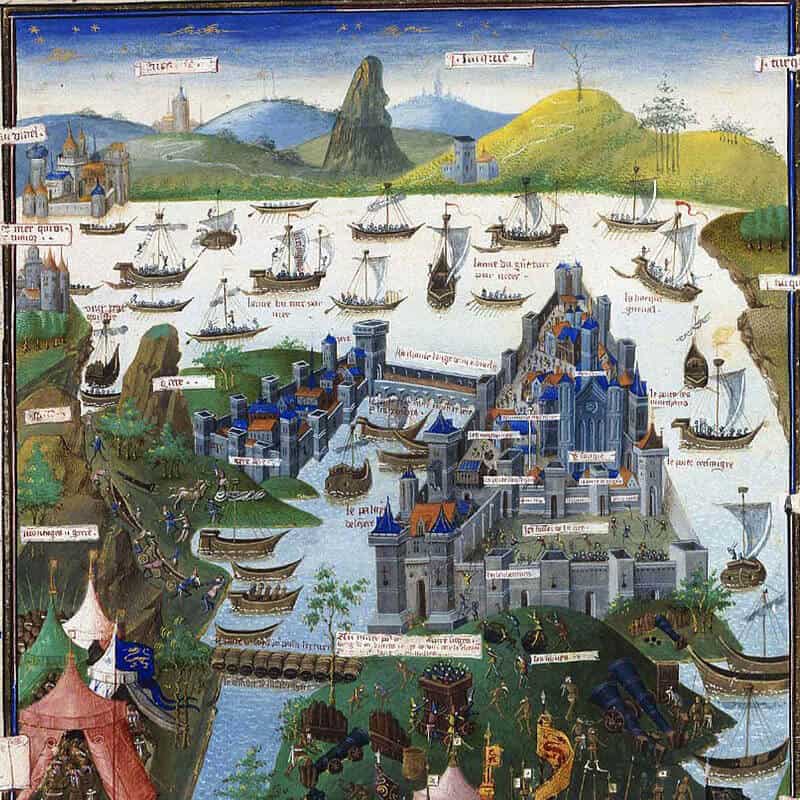
Bosphorus during the Ottomans
During the Ottoman period, the Bosphorus was an essential waterway for trade and transportation. The Ottomans recognized its strategic importance and established fortifications to control it and protect Istanbul from enemy attacks.
The Bosphorus played a significant role in the cultural life of the Ottoman Empire, with several palaces and waterfront residences built along its shores.
The Ottoman navy used the Bosphorus to patrol the waters around Istanbul and project Ottoman power throughout the region.
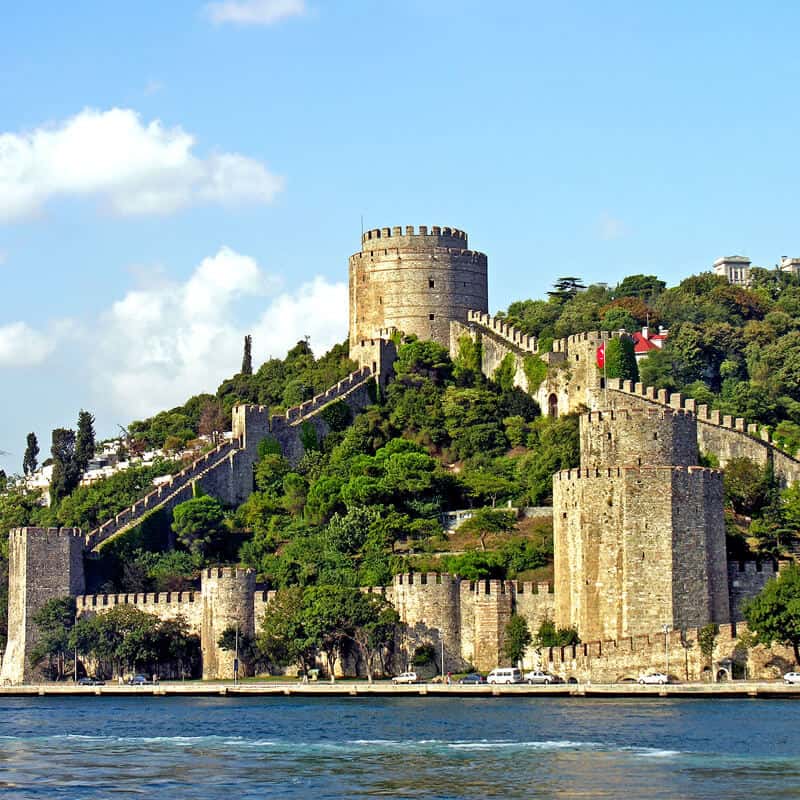
Republic years
During the Republic years, the Bosphorus remained a crucial waterway for Istanbul’s economy and transportation. The Turkish government recognized its importance and invested in modernizing the shipping infrastructure to enhance its role in the national economy.
The Montreux Convention granted Turkey control over the Bosphorus and the Dardanelles straits while guaranteeing freedom of navigation to all vessels. The Bosphorus played a vital role in Istanbul’s cultural life, with several Ottoman palaces renovated into museums for tourists to experience the region’s rich history and cultural heritage.
The Bosphorus also became a popular tourist destination, attracting visitors from all over the world to enjoy ferry rides, cruises, and tours along its shores. Today, the Bosphorus remains a symbol of Istanbul’s vibrant culture, history, and natural beauty.
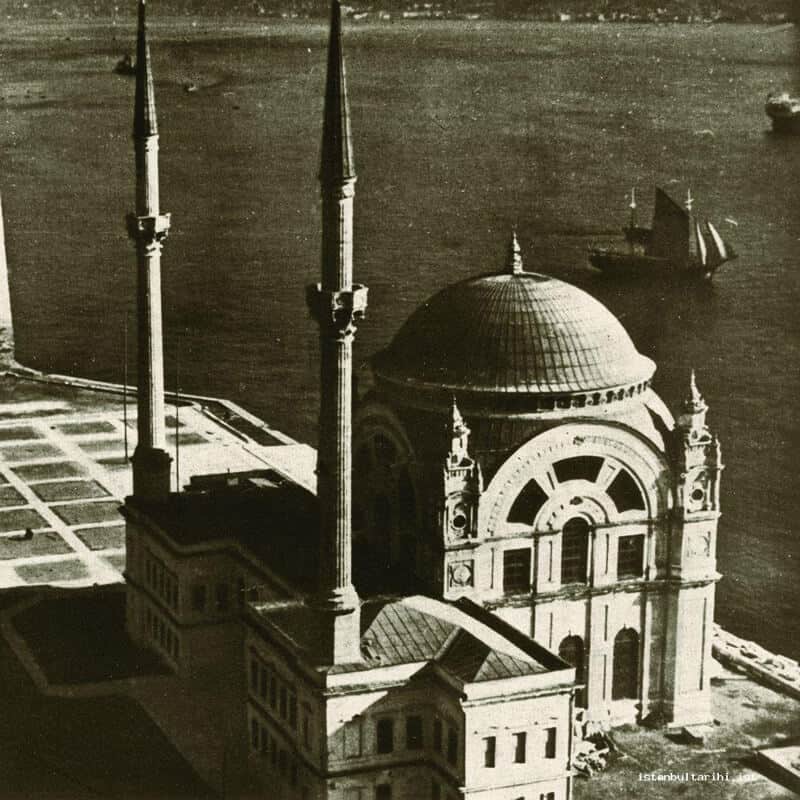
The Other Tour is an immersive Istanbul experience, taking you beyond tourist spots to explore local culture with activities like home-cooked meals, school visits, and Bosphorus cruises. As a travel agency, we also offer personalized travel planning in Istanbul and Turkey, crafting custom itineraries and unique experiences tailored to each traveler.
© 2026 The Other Tour - Istanbul by Eren Nergiz Travel.
